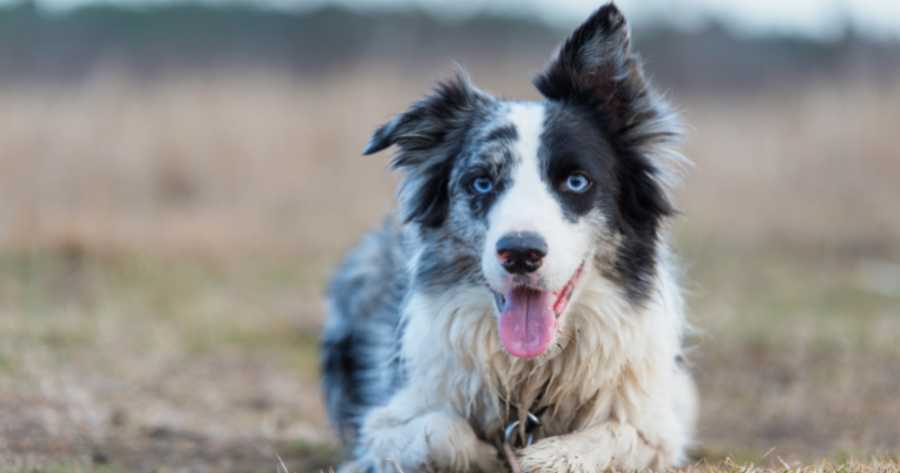There’s plenty written about finding the perfect breed that will fit into your life – with 222 to choose from along with a whole host of mixed and cross breeds – but at its heart (and this is all about love and relationships), this comes down to a very simple choice. Is your chosen breed originally designed to have a job (often called a working dog) or be a companion?
How to choose your perfect match
If you’re looking for a new dog, first of all, think about why you want one. Picture your perfect canine relationship – and what that looks like every day for the next 12+ years.
- Do you have a ‘job’ in mind for your prospective dog to do? This could be anything from a dog sport – agility, flyball, hoopers, heelwork to music or any of the many others. To advanced training where you and your dog will be working together, gundog work, agility, herding, or just being your daily fitness buddy. Their ‘job’ can be anything that requires you to work together daily, with appropriate exercise, and ongoing training and interactions.
- Or do you want a dog to primarily be your companion? Someone who will be there for you, snuggle on the sofa, and largely be content with your company? With a daily walk of course.
This is where people can go wrong – remember to think about the fundamentals of what they were bred to do.
This doesn’t mean a working dog can’t be a perfect companion – they absolutely can! But their hardwired working needs must be met first.
So always start with “do I want a dog bred to work – with everything that involves? Or a dog bred to be a companion – who will still need exercise and more companionship, but is more laid back in their work ethic?”
How do I keep my working breed happy?
Already have a working breed? Or a cross of working breeds – such as a Cockapoo?
Unless they already have a job, here’s your survival guide – activities for working breeds.
- Make sure they’re getting enough exercise. For most working breeds (gundogs, pastoral, working and terriers, and some utility), this is a couple of hours a day. This could mean drafting in other family members or even a dog walker if your life is pretty crazy already.
- Make sure exercise is breed appropriate. Generally gundogs enjoy retrieve-type opportunities and a chance to use their noses, terriers love digging and playing tuggy games… In the same way we don’t all enjoy the same activities, our dogs were developed to do different jobs and so enjoy different things.
- Join a training class – or if your dog is old enough, look into some of the dog sports.
- A ‘job’ doesn’t have to be bringing back pheasants or herding sheep – anything that keeps their busy brains and bodies occupied will do.
- Give your dog plenty of enrichment and mental stimulation in the house. These are smart dogs who need their brains kept occupied – they generally don’t have an off-switch (unless their hard-wired needs are being met). Bored dogs get into mischief!
How do I keep my companion breed happy?
While your companion breed might not be as high maintenance, they still have a ‘job’ – and that is to be with you.
- Companion breeds generally don’t do well when left alone and can have separation-related behaviour issues. Try to find ways to be able to have your dog with you at work or during the day. If this is impossible, find someone to keep them company.
- Spend time teaching them it’s ‘safe’ to be alone.
- These dogs love nothing more than your company and social interactions with you. Playing together every day, training (don’t think these dogs aren’t smart – they really are!) and hanging out on the sofa with you, are what makes them happy.
- Sometimes these dogs need a bit of confidence building, so try to find a training class that specialises in small or companion breeds. With a bit of confidence, many companion dogs can do well in dog sports like agility or scent work – as long as they do it with you!
- Never forget their main focus is you!


As owners of working dogs, it’s important to keep them active and healthy to maintain their high energy levels. This article provides great tips for keeping our furry friends active, including daily exercise, playing fetch, agility training, and even mental stimulation through puzzle toys. It’s also important to mix up the activities to prevent boredom and provide a well-rounded exercise routine. I appreciate the emphasis on the importance of providing both physical and mental stimulation for our working dogs. Overall, following these tips can help keep our working dogs happy, healthy, and active.